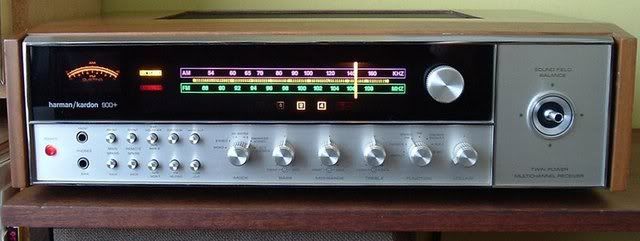4morhktech
Member
Just curious....
....did any of the prototype 700+ units survive...?? Do any images exist..or brochures printed??. It sounds like that unit got pretty close to production, and I've noticed that with some other brands (..Astrocom, CM Labs, Marantz..etc) brochures were printed, or magazine images exist for stuff that ended up ultimately not being produced....
It's very possible one or more prototypes could have ended up in the possession of former employees. They used to have sales to employees of obsolete models. But there weren't too many to begin with and there were functional problems that may not have been corrected, if the project was cancelled. It's very possible that they were just scrapped. I don't recall seeing any brochures but that doesn't mean they weren't printed.
Externally, the 700+ looked very similar to the 800+ and was in approximately the same power output (per channel) class. Internally it was quite different than the 800+ and was to be produced in the USA.
Had the consumer demand for quadraphonic products not sunk to a low in 1975, functional problems would have been corrected and the model would certainly have gone into production as planned. Instead, engineering reworked the whole design into the TA-600 (2 channel stereo) to use up as many of the production parts already in stock. But even the TA-600 was not produced in quantities sufficient to use up all 700+ parts. Many of the remaining unused 700+/TA-600 parts were sold off to surplus brokers when the 55 Ames Ct facility in Plainview was closed in 1980.






















